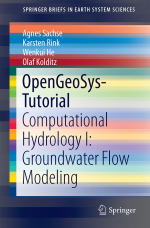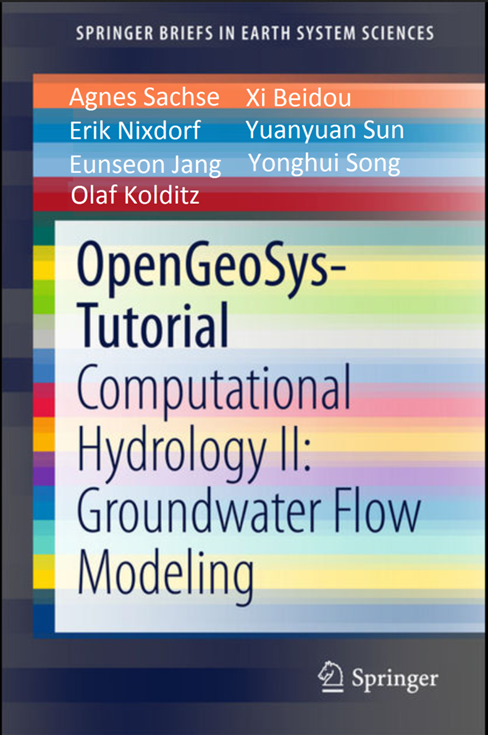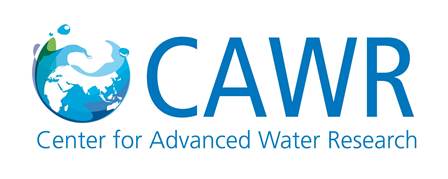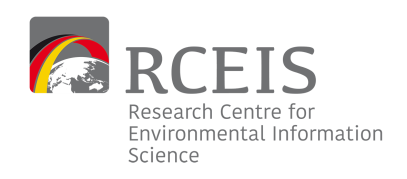
Methodology
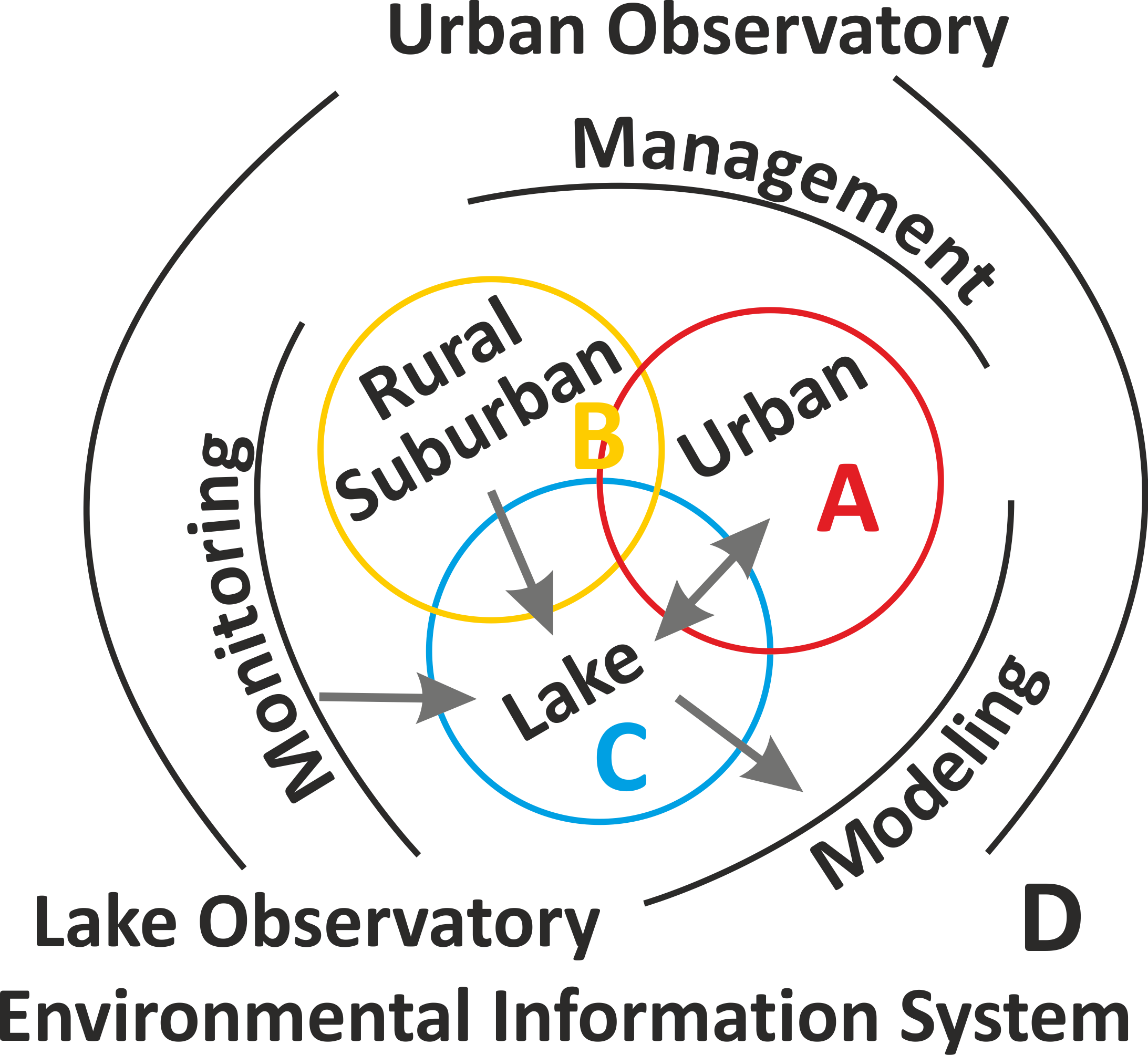
Illustration of the Urban Catchments (UC) concept
The methodology to achieve the project goal is the use of UWRM concept by holistically viewing the urban water network and all levels of the aquatic system according to the principle of emissions (source of pollution) / immissions (contamination). Urban water management involves comprehensive look at all urban resources: the lake as a source of drinking water and asset worthy of protection, restoration of the urban waters network, storm water management, and wastewater treatment. Due to rapid development rates in the demonstration region, suburban and rural areas and the effects of agriculture (non-point pollution sources) will be fully considered. The UWRM concept is based on a regional implementation strategy with flexible decentralized cluster solu-tions for wastewater treatment. An important basis for successful implementation of the UWRM concept is the establishment of extensive monitoring platforms (urban and lake observatories) for the sources of water pollution as well as the recipient, Lake Chao. The observatories serve as an early warning system for operational water management (drinking water). Long-term monitoring also enables reliable assessment of measures and any observations of emerging pollutants, such as micropollutants. An environmental information system (EIS) will make data available for the UWRM concept, including necessary data infrastructures, interoperable simulation tools, and Web services. The combination of monitoring and modeling platforms in UIS firstly allows for the identification of contaminant sources and paths in the entire catchment, and secondly, is an important tool for the operational water management and long-term water quality prognoses. The modeling platforms examine all levels of the coupled hydrologic system including soils and groundwater.
Implementation concept and project structure
The implementation concept will be developed in close cooperation with regional stakehold-ers, public utilities, and development banks, such as ADB. The demonstration projects—involving five German companies - play an important role in the cooperation among economy and science and the real-world applicability of the outcomes.
The overall project goals, the methodology, and the implementation concept have led to the following project structure for the R&D project “Urban Catchments”, divided into 4 work packages:
- A. Urban water management
- B. Decentralized wastewater management
- C. Lake Chao
- D. Environmental information system


